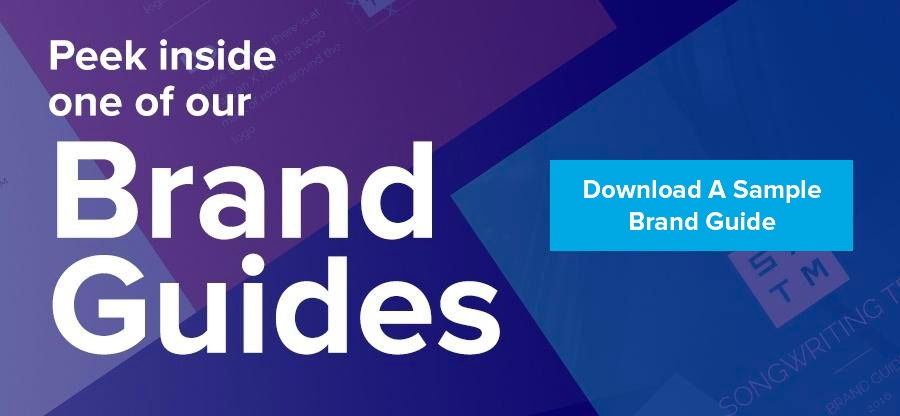
You can't design in a vacuum.
You just can’t.
But really, if you do, you wind up with something between a bizarre, boring art-piece and an ineffective website that does nothing for you or your client.
To effectively design a website or even a single feature, you have to start with some kind of information. Going in blind will get you nowhere.
Smart design isn't blind. It uses any and all valid information that it can.
Usually, a lot of this information will come directly from your client. A client will usually be able to tell you what they want, what they’re looking for in their new site design, what their brand is all about, and who their best and most loyal customers are. They might even be able to tell you who they want to attract more of, and some of their goals for the short and long term.
The rest of the information you need will come from analytics. Data.
And unlike most clients, numbers are completely unbiased, unfeeling, brutally honest, and real as steel.
Here’s why data is your best friend when you’re coming up with your next smart design:
1. You see what’s working and what isn’t
If you’re looking through the analytics of an existing website, you’ll be able to determine what is and isn’t working pretty quickly. And sometimes, you’ll be completely surprised.
If you’re a designer yourself, you might find that your expected, fairly un-risky layout winds up being something completely confounding to a specific user base.
For example, you might assume that most of your visitors wouldn’t be viewing the site on a mobile device, so you put most of your effort into building an engaging desktop experience. Two months later, you check the analytics and find that 50% of your visitors are viewing the site on their phones. Even worse, they’re getting frustrated and leaving before accomplishing what you’d hoped they would.
By looking at the data, you now know that you need to build a better mobile experience for your users.
Thanks, analytics!

2. You’ll see who’s using your website
By looking at demographic analytics, you’ll be able to learn a lot about the kind of person who’s visiting your site. Then, you can cater your design to them.
You might learn that most of your visitors are young women, aged 25-20, who purchase mostly online and are considered (at least by Google’s standards) technofiles. For that visitor, you might want to make it super easy for them to purchase a product with a single click. Or, if your website requires users to make an account, consider an easy, one-click social network integration log in.
For users that young, chances are you won’t want to build lengthy sales pages that are really copy heavy. They’ll want to see the photos, get the details, and make the order. Fast.
Something important to note here: You may find that the people who are actually using your website are not who you or your client expected. This can help steer your design effectively.
3. You can continuously improve the site
When you release a feature, check the numbers, then tweak it, you’ll be able to continuously maintain a high level of effectiveness.
This is actually a key component in the Growth Driven Design approach.
Growth Driven Design aims to help web developers and marketers make smarter, harder working websites that are always evolving to meet the needs of your visitors.
Ultimately, checking the data for what works and then making edits will help you accomplish more of your goals, faster.

This brings me to the next benefit:
4. You can test out new features
Got something in mind that you want to try out? Go for it. Implement that feature and test it. Let it sit for a little while. Then check the numbers.
Did it perform the way you expected? You’ll know for sure by looking at the data.
Relying on your numbers in this way allows you to be innovative. Try something new and see if it makes a big impact on your users.
5. You can set realistic goals for your business
If you know what your numbers are doing, then you can more accurately predict where they will go over time. This will allow your business (or your clients business) to set better goals.
Shooting an arrow in the dark will only disappoint. A client may say, “I would love to have 5,000 new mailing list subscribers by the end of the year.” That may or may not be appropriate, considering their current traffic and rate of new mailing list signups. Look at their analytics in order to decide if that goal is attainable or needs to be toned down.



